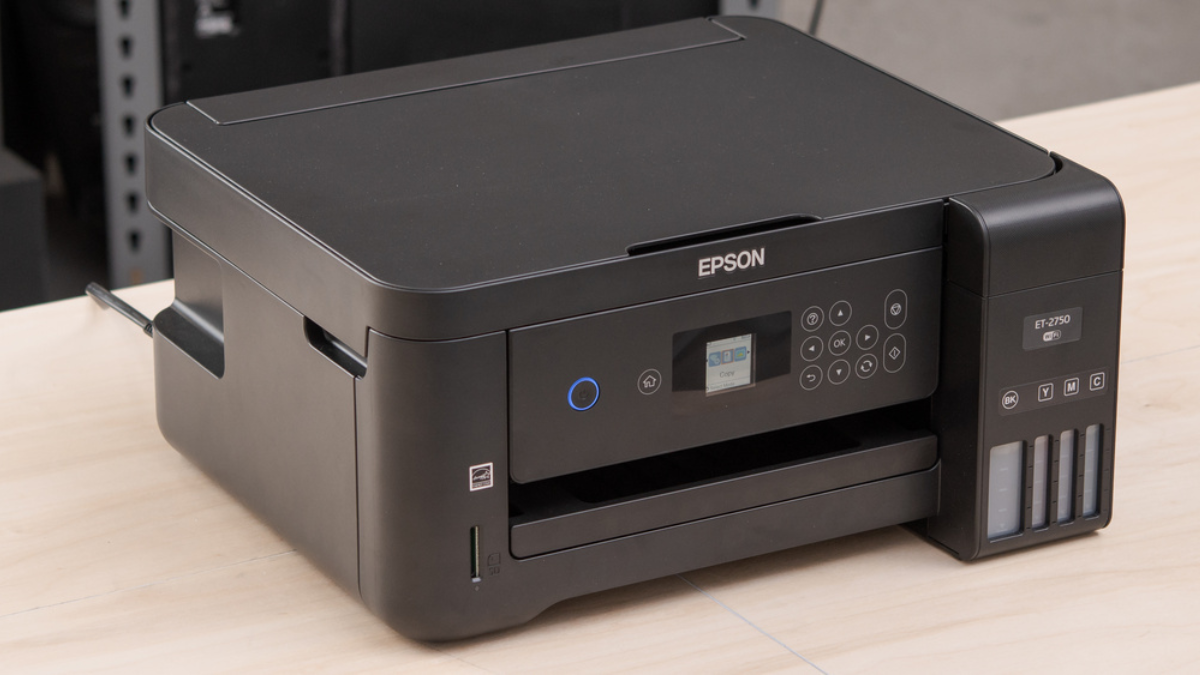Epson EcoTank printers have transformed home and office printing with their cartridge-free design and high-capacity ink tanks. But like any device, they need regular care to maintain optimal performance. While these printers are built for longevity and efficiency, neglecting maintenance can lead to reduced print quality and frustrating issues like clogged nozzles or slow output. This guide walks you through why maintenance matters, what to focus on, and how to troubleshoot common problems.
Why Maintenance Matters for EcoTank Printers
Regular maintenance is crucial for any printer, but it’s particularly important for EcoTank models due to their refillable system and heavy-duty design. Proper upkeep ensures:
- Consistent print quality: Unmaintained printheads can cause streaks, faded prints, or color misalignment.
- Longevity: Regular cleaning and checks can extend the life of your printer.
- Cost efficiency: Avoiding repair costs and print errors saves both ink and paper.
- Smooth operation: Fewer jams and breakdowns mean less downtime.
Maintaining your EcoTank printer is not just about cleaning — it’s about making sure every part functions as it should.
Key Maintenance Tasks You Should Know
EcoTank maintenance can be broken down into simple tasks. Performing these periodically ensures consistent output and long-term durability.
1. Refilling the Ink Tanks Properly
The defining feature of EcoTank printers is their refillable ink tanks. However, refilling them incorrectly can create bigger problems than it solves.
Steps for Proper Refilling:
- Use genuine Epson ink bottles: Third-party inks may be cheaper but can damage the printhead or cause color mismatches.
- Fill each color in its respective tank: Never mix colors. Always check the label before pouring.
- Avoid overfilling: Stop once the ink reaches the “full” line.
- Refill in a clean environment: Keep dust and dirt away from the ink caps.
Tip: Always refill before the ink level becomes critically low to prevent air from entering the ink lines.
2. Cleaning the Printhead
A clogged printhead is one of the most common issues with inkjet printers. This can happen if the printer isn’t used frequently or if poor-quality ink is used.
How to Clean:
- Use the printer’s built-in “Head Cleaning” function from the settings or control panel.
- Follow up with a nozzle check to ensure all colors are printing smoothly.
- If one round doesn’t fix the issue, wait a few hours and repeat.
Avoid manual cleaning unless you’re confident. Touching the printhead directly can damage it.
3. Routine Nozzle Checks
Nozzle checks are a simple way to keep track of your printer’s health. They help detect if any lines are missing or colors are fading.
When to perform:
- Before important print jobs.
- After long periods of printer inactivity.
- If print quality suddenly drops.
Running a nozzle check takes a minute but can save you from wasting ink and paper on poor prints.
Power Usage and Proper Shutdown
It’s tempting to turn off the printer using a power strip or unplugging it, but that’s not recommended.
Best Practices:
- Use the printer’s power button to shut it down. This allows the printhead to return to the “capped” position, preventing ink from drying.
- Avoid frequently turning the printer on and off unnecessarily.
- Keep the printer plugged into a surge protector to prevent damage from power spikes.
When left idle for days or weeks, an improperly shut down printer may develop clogged nozzles.
How Often Should You Perform Maintenance?
The frequency of maintenance depends on your usage:
| Task | Light Use (Home) | Heavy Use (Office) |
|---|---|---|
| Ink Refilling | Every 2–3 months | Monthly or as needed |
| Nozzle Check | Once a month | Bi-weekly |
| Printhead Cleaning | As needed | Monthly |
| Dust Wiping/Exterior | Monthly | Bi-weekly |
| Deep Cleaning/Internal | Every 6 months | Quarterly |
The key is to establish a routine that works for your environment. Don’t wait until print quality deteriorates to take action.
Troubleshooting Common Maintenance Issues
Here are a few typical problems and how to solve them:
1. Streaky or Blurry Prints
- Run a nozzle check.
- Perform printhead cleaning.
- Use high-quality paper and adjust the print settings.
2. Printer Not Recognizing Refilled Ink
- Ensure ink was filled using original Epson bottles.
- Restart the printer.
- Double-check ink levels via the software or screen panel.
3. Clogged Nozzles After Long Inactivity
- Perform multiple clean cycles, spaced out by a few hours.
- If unresolved, contact Epson support or a service center for manual printhead cleaning.
4. Ink Overflow or Spillage
- Don’t force ink into the tank.
- Stop filling when the level reaches the max line.
- Wipe spills with a lint-free cloth immediately.
5. Smudged Paper or Ink Blots
- Check for excess ink inside the printer.
- Clean the paper feed rollers.
- Make sure paper is dry and stored in a cool, dust-free place.
Conclusion
Your Epson EcoTank printer is built to last, but only if you give it the care it deserves. Refilling ink the right way, checking nozzles, cleaning printheads, and using power properly all go a long way in keeping your prints sharp and your device in good health.
Think of maintenance as a small investment of time that pays off in better print quality, lower costs, and a longer life for your machine. Whether you’re printing school projects or business reports, a well-maintained EcoTank printer ensures you get the best results, every time.
